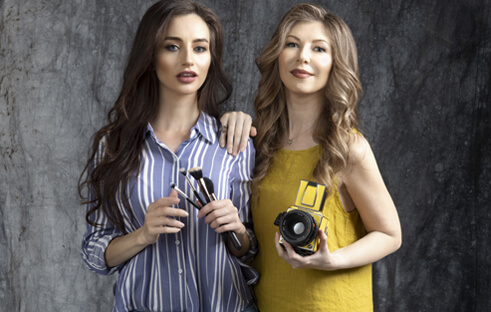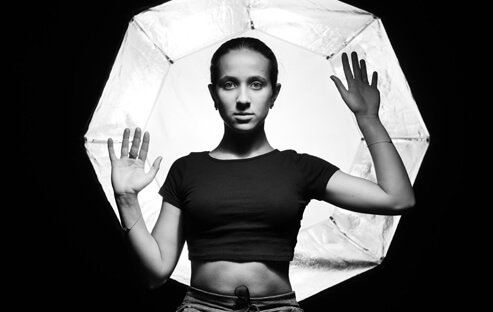Call us 713-560-7859
“I love shooting with iPhone because I can shoot anywhere, anytime! In 10 years, this will be the only way to make a film. ” Claude Lelouch, filmmaker
.jpg)
Of course, when the new iPhone 12 came out, I was most interested in the camera. It turned out that the changes in the iPhone 12 compared to the iPhone 11 in terms of cameras are not too big. There are three 12-megapixel modules: wide-angle (26 mm in 35-mm equivalent, OIS), ultra-wide-angle (13 mm) and telephoto module (52 mm, OIS). A key innovation is the ability to shoot in "Night Mode" with both the main wide-angle and ultra-wide-angle cameras. The main camera now captures 27% more light due to a faster lens (f / 1.6 aperture) and received 100% coverage of the matrix with autofocus sensors. The rest of the benefits come from advanced computational photography.
(The iPhone 12 continues to feature dual cameras in the back, including a wide angle lens and an ultra wide-angle lens. New features include Night Mode for both the front and rear cameras, as well as Night Mode Time Lapse for putting together slick nighttime videos.)
(The iPhone 12 continues to feature dual cameras in the back, including a wide angle lens and an ultra wide-angle lens. New features include Night Mode for both the front and rear cameras, as well as Night Mode Time Lapse for putting together slick nighttime videos.)

If you're serious about smartphone photography, you'll want to pay attention to the iPhone 12 Pro or Pro Max - they both have a new rear 12MP telephoto (f/2.0) camera, overall improved lenses, and an advanced LiDAR sensor for better augmented reality and the option to shoot Apple Pro RAW in addition to HEIF and JPEG. RAW files are used for editing, they don’t look good as is - you will need to fine tune things like white balance and color. A raw file is more like a bag of groceries with all of the ingredients you need to make a meal, while a JEPG file is like a meal served to you at a restaurant.
Raw photos can only be edited on the iPhone with a third-party app like Halide or VSCO and lack any computational help. This means you can either take a JPEG file with the native iOS camera app and get Apple's computational boost or take a raw photo with a third-party app without it.
Raw photos can only be edited on the iPhone with a third-party app like Halide or VSCO and lack any computational help. This means you can either take a JPEG file with the native iOS camera app and get Apple's computational boost or take a raw photo with a third-party app without it.
Thinking about it doesn't make me want to switch to a new iPhone (mine is 7 as I remember) - I enjoy the Computational Photography benefits of phone photography and don’t feel like messing with my phone pictures in addition to my camera files.
The main difference between professional and phone cameras:
1. The presence of real ens optics
2. Full exposure control of the camera
3. The size of the sensor
4. The photographer, her experience and guidance
The main difference between professional and phone cameras:
1. The presence of real ens optics
2. Full exposure control of the camera
3. The size of the sensor
4. The photographer, her experience and guidance
SUBSCRIBE FOR THIS BLOG


